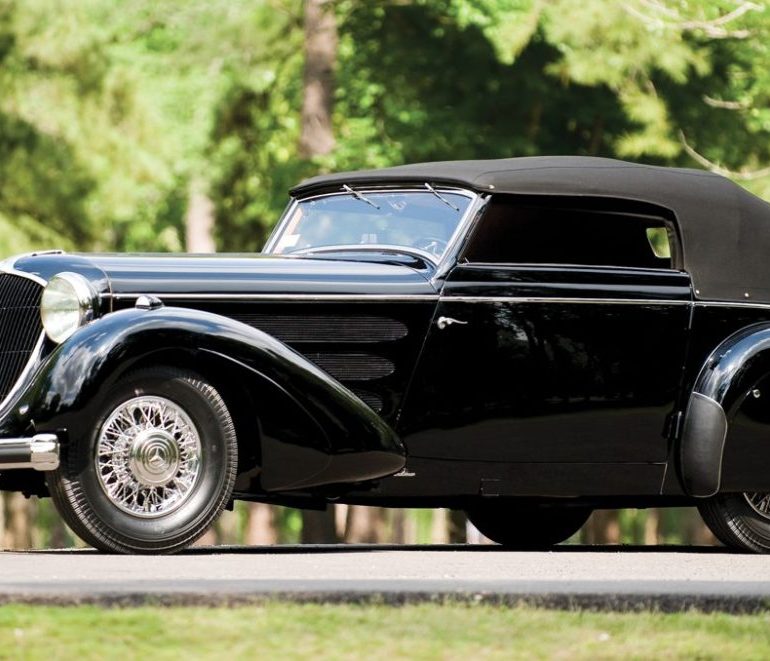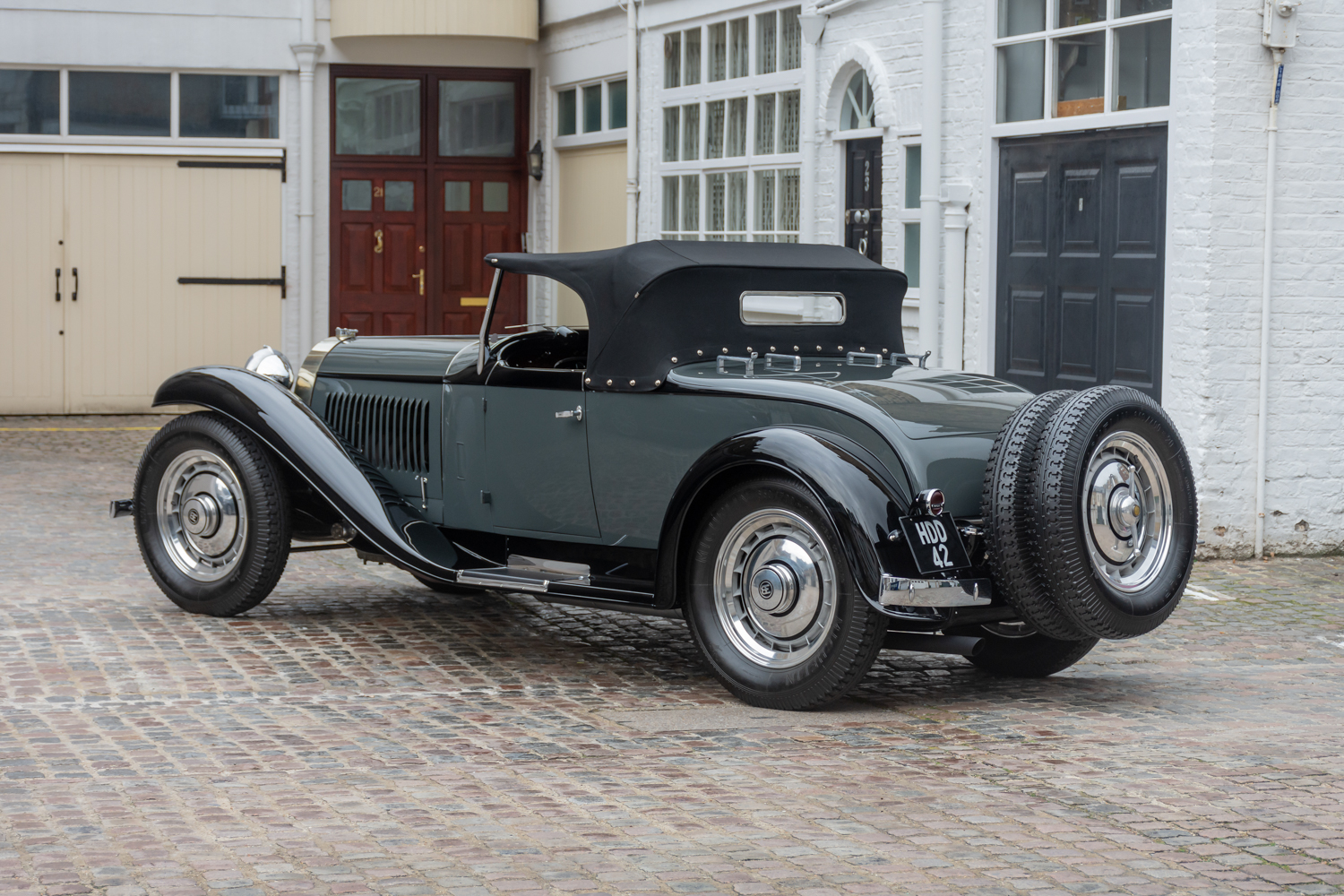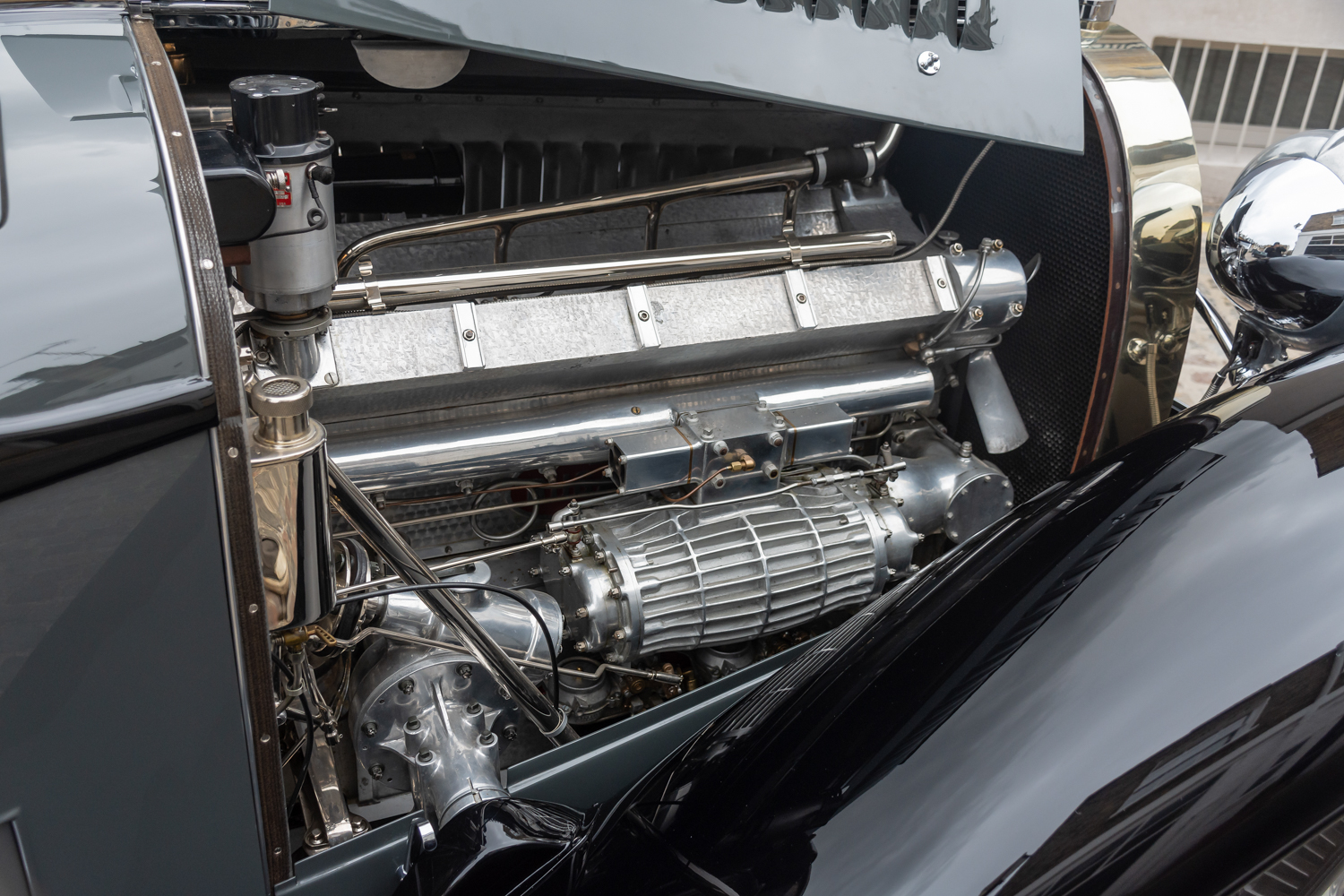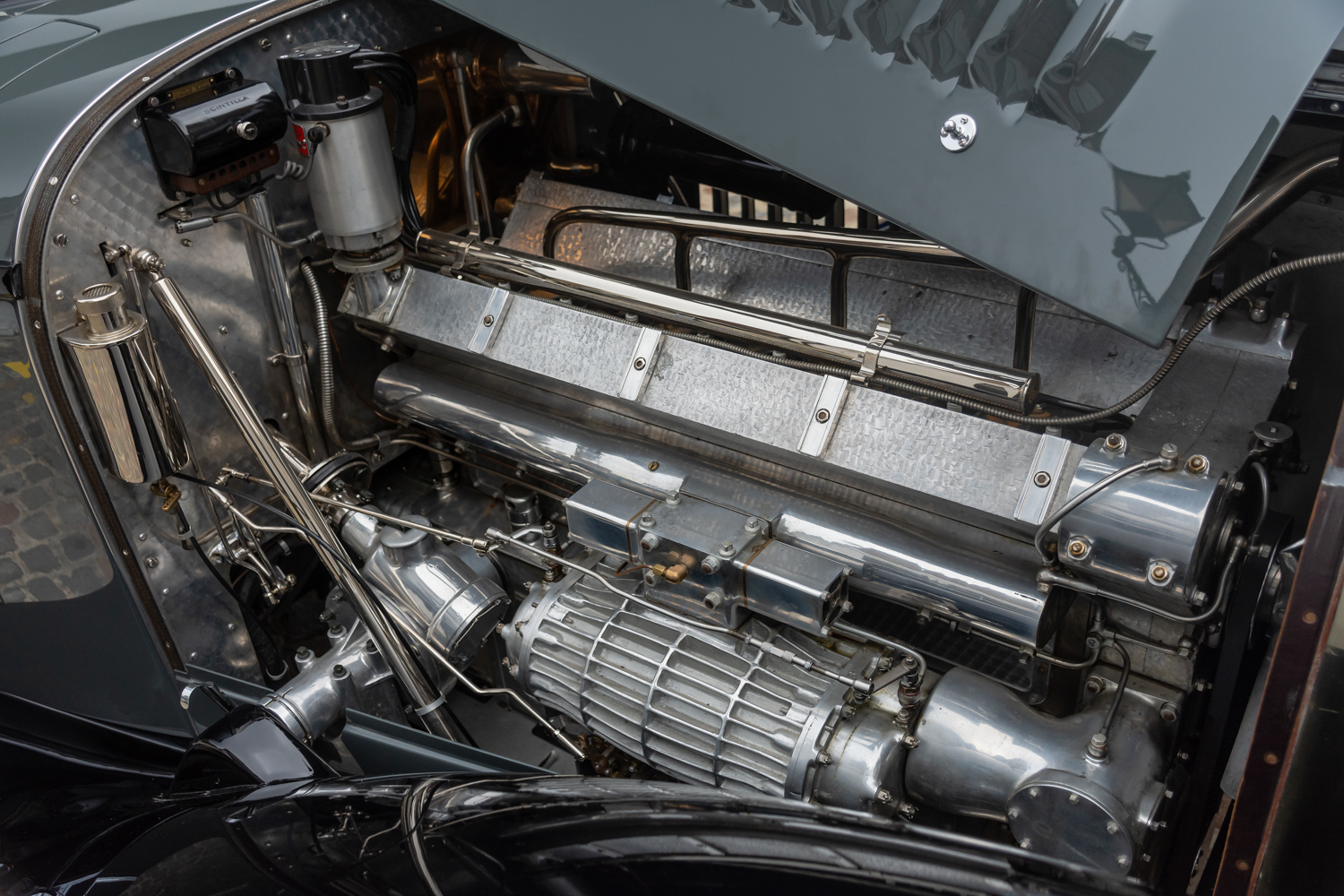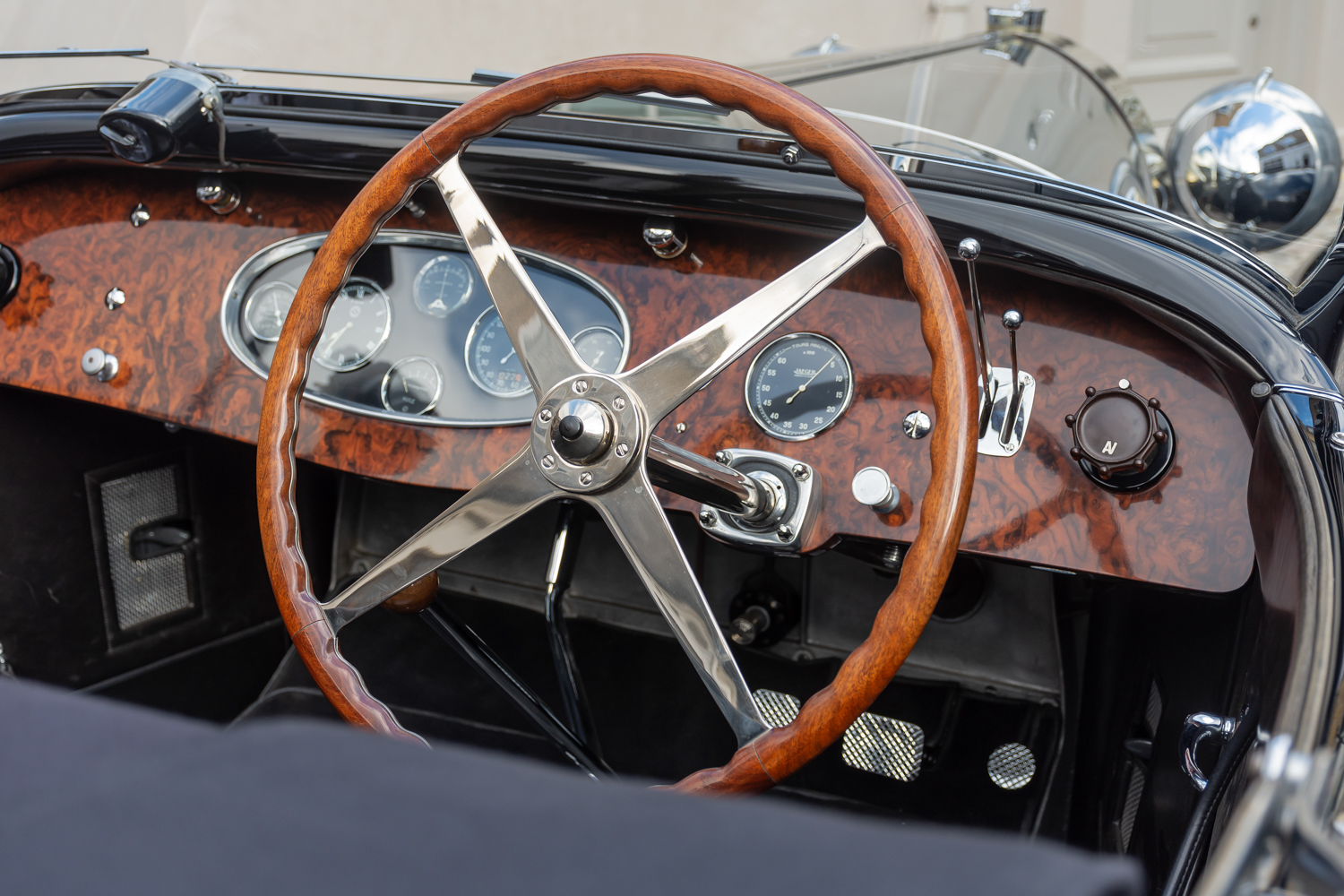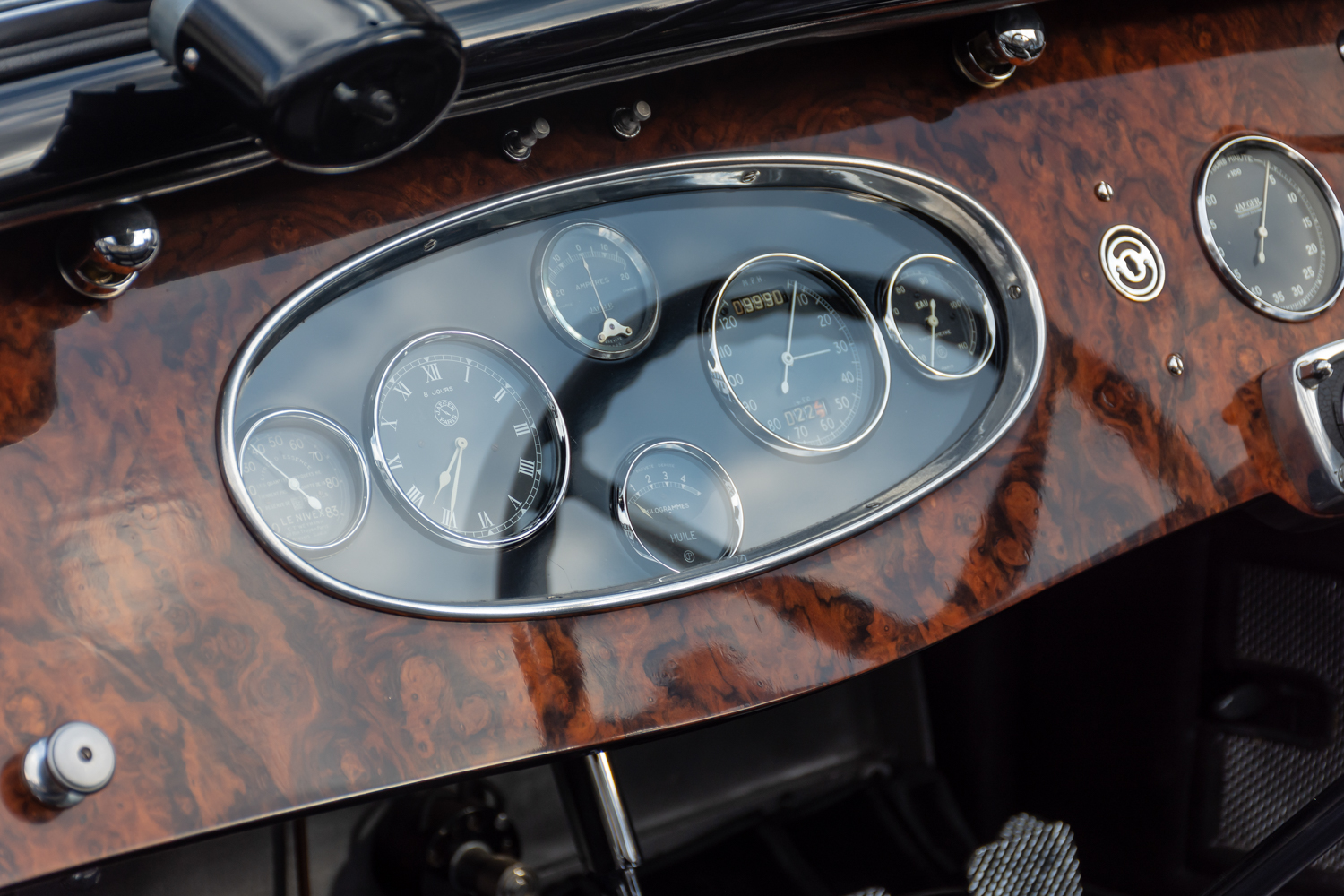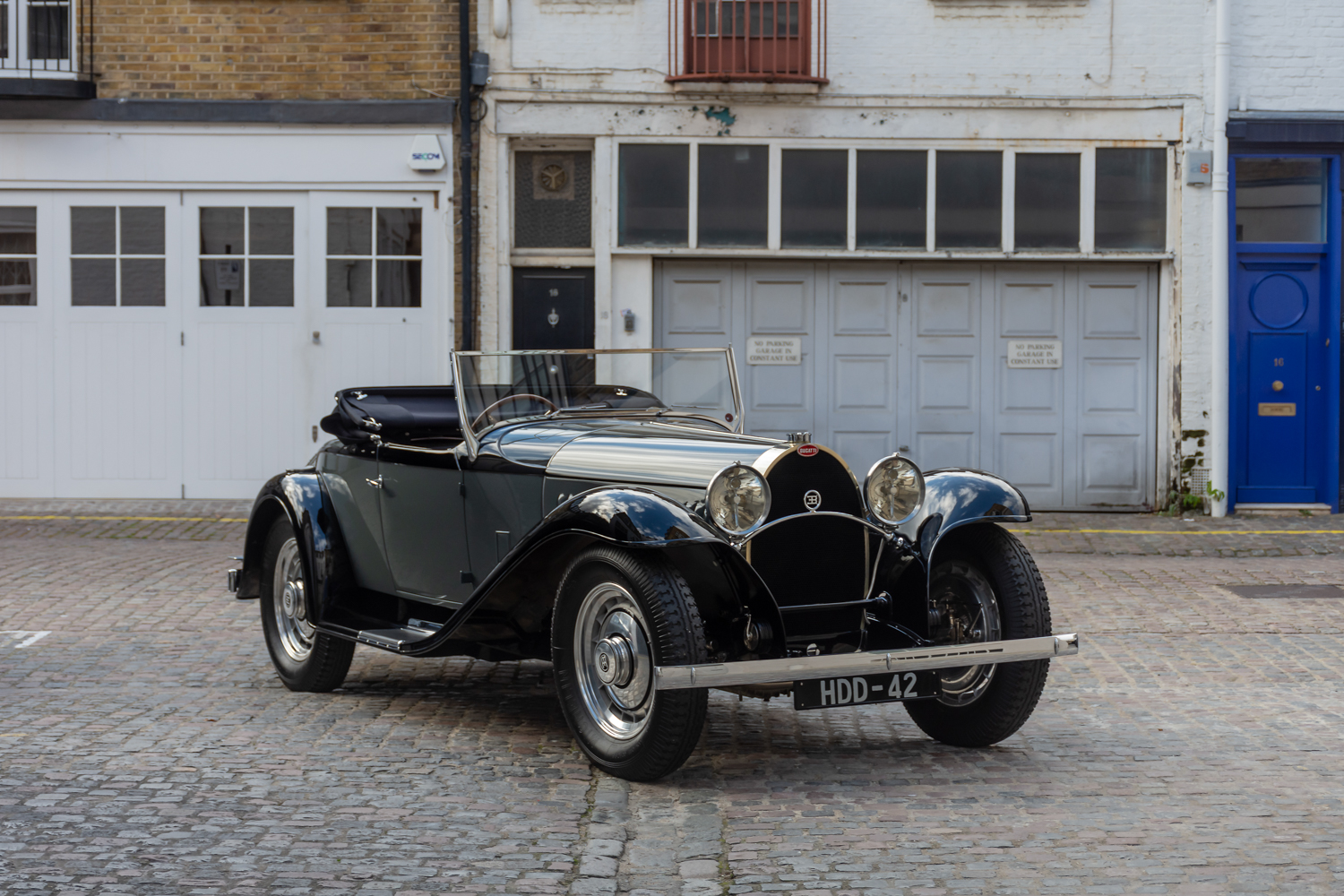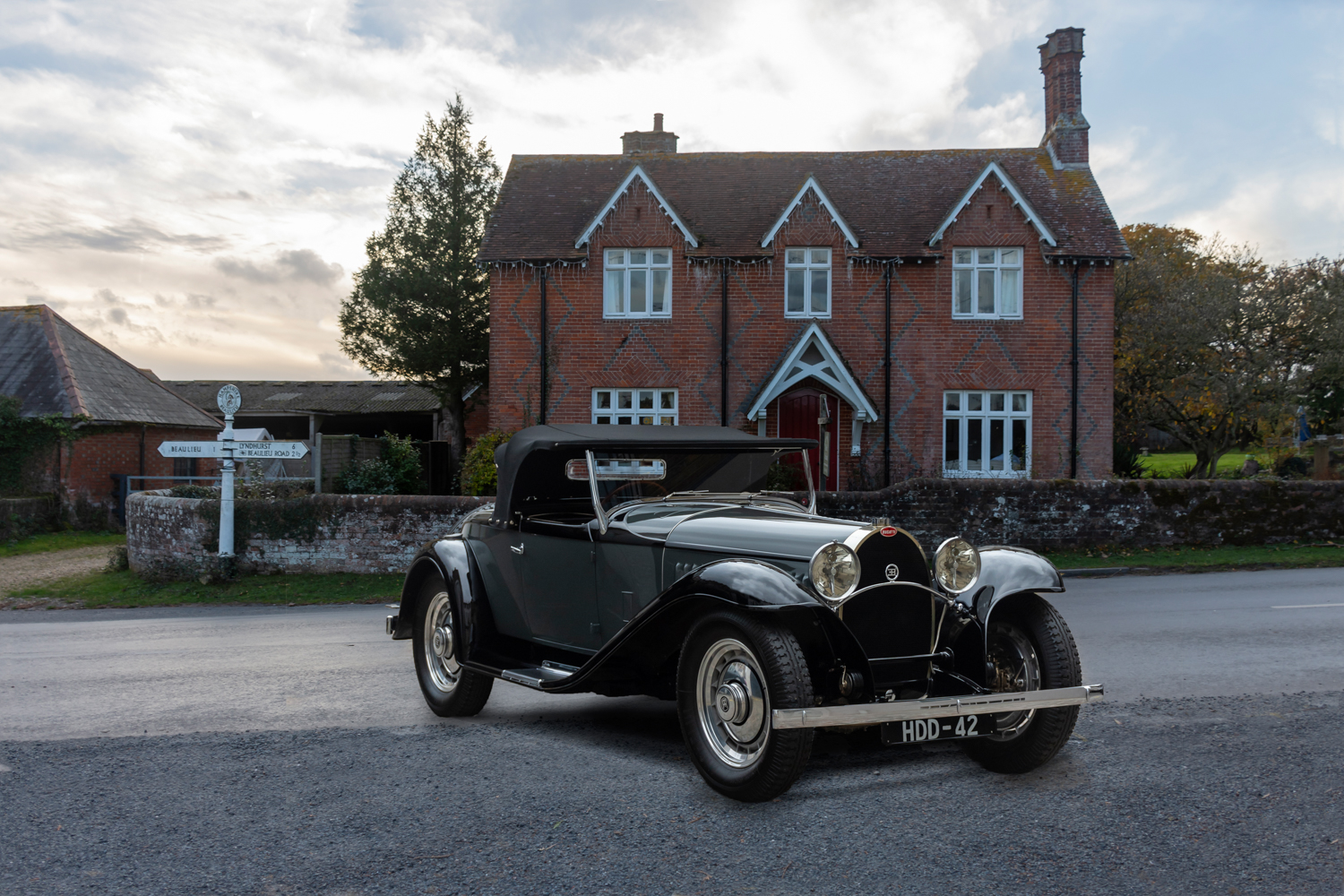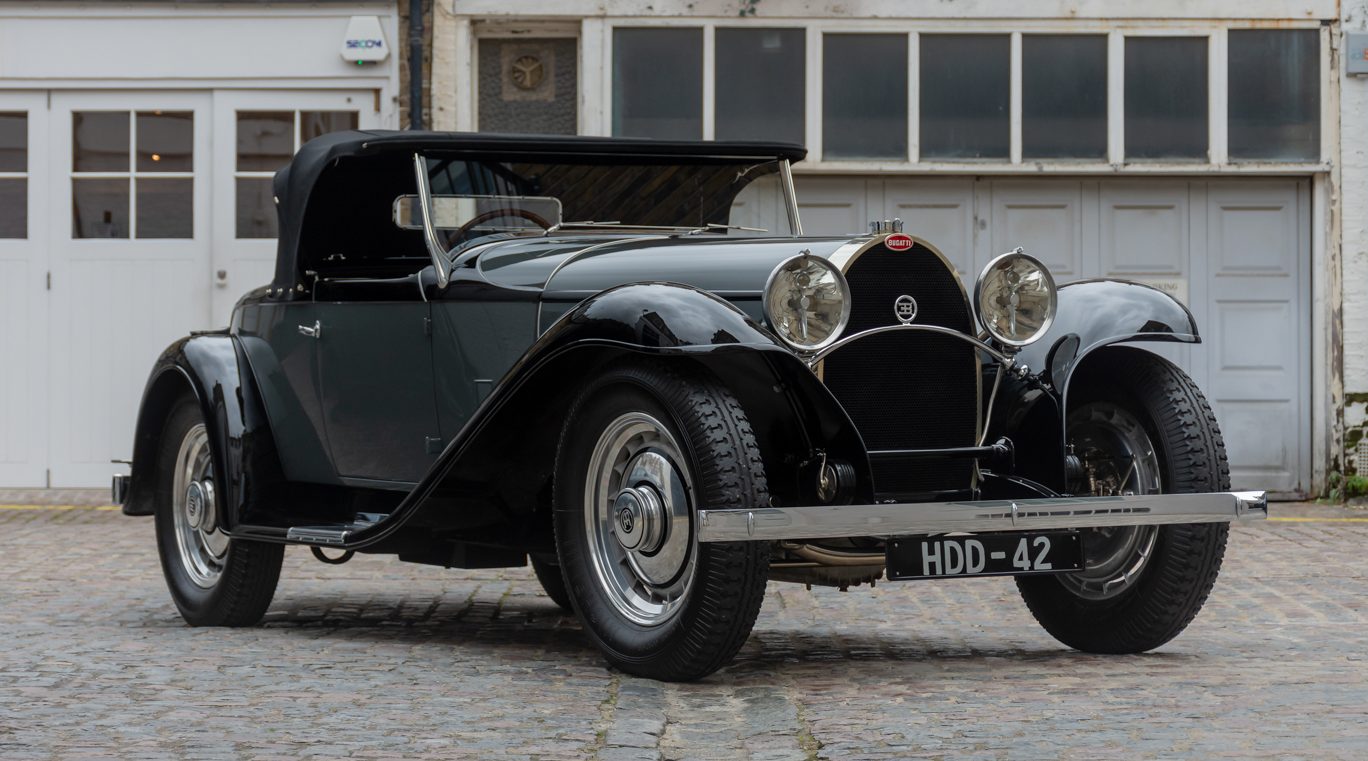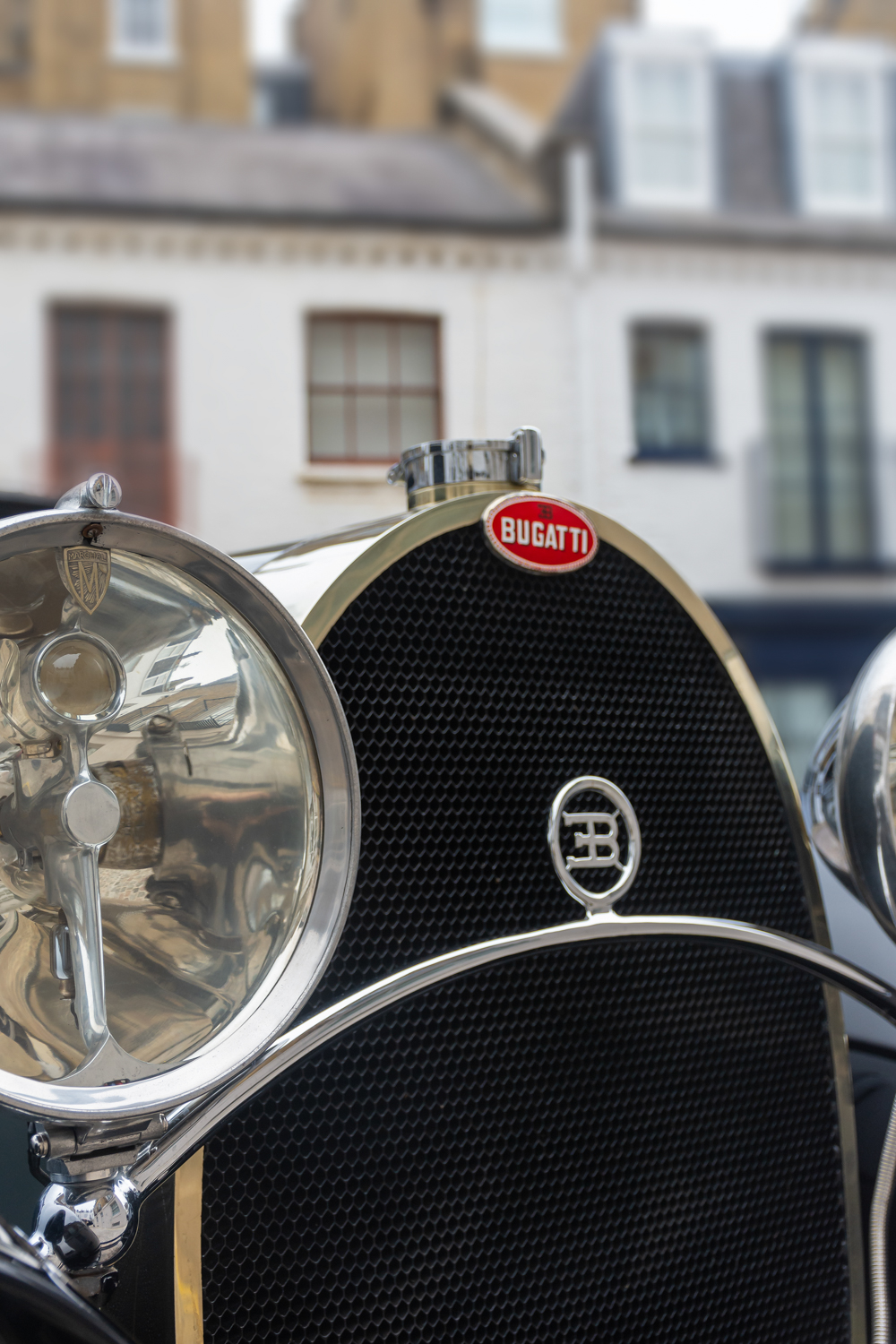
The prototype was designed in France, during World War I. However, in the U.S. something called the Billing Commission was established to acquire European aeronautical technology for American construction and use. As a result, Fred and August Duesenberg’s company was chosen for the job of building the Bugatti-designed motors.
One of the company’s engineers, Charles B. King, and his group made significant changes to the design and it was renamed the King-Bugatti. Around 40 engines were built before the end of World War I, but it is believed none ever powered a warplane.
This concept may have been ultimately unsuccessful, but it opened the Duesenberg brothers’ eyes to the great potential of a straight-8 motor. They eventually adapted the concept and created a series of extremely potent and successful racing motors that would become famous in the U.S., as well as Europe.
As for Bugatti, after WWI he was initially tied up rebuilding his factory in Alsace, so he could not introduce his own 8-cylinder automotive engine until the introduction of the Type 30 in 1922, followed by the Type 35 and its various racing iterations up through the Type 51. With its Miller inspired DOHC, supercharged power plant it would become a force to be reckoned with.
One interesting branch of this 8-cylinder Bugatti family tree was the little known road car, the 1931 Type 50. At 3300 pounds it was no lightweight, but it was the sportier version of the Type 46. The Type 50 had a 122-inch wheelbase compared to the Type 46’s 138-inch wheelbase and put out between 225 and 250 hp. The example we highlight here was made even more rare for being one of only four Molsheim-bodied Roadsters of which only two are still in existence.
In 1942, the owner of the car, Jack Lemon Burton, sold the original motor for £75 to an American Eri Richardson to replace Richardson’s damaged Type 46 Motor. At the end of WWII, a correct engine was sourced from France and the Type 50 was again powered by the proper factory spec motor.
The Type 50 is an imposing machine—it is not what you would call a delicate car. It’s very solid and means business. However, it is also very refined and elegant. An interior of luxurious carpet, soft leather and beautiful wood make up your surroundings, as you settle in behind the large wooden wheel. A cluster of six chrome-bezeled Jaeger gauges sits under glass at the center of the dashboard, while a very small, discreet tachometer lies directly behind the steering wheel.
The motor (which happens to be one of the most handsome creations hiding under any hood) has an expressive, supercharged whine, giving the Type 50 a proper sports car soundtrack. Despite being well over 80 years old, this Bugatti does not show it’s age. It seems as fresh as the day it left the factory, much of this can be attributed to the caring hands of DL George Coachworks, Chris Laden and Phil Reilly and Company in the U.S.
To that end it is the spectacular road car that Ettore envisioned and conceived all those decades ago.
The Type 50 is a wonderfully easy car to drive. Once going the steering is light with just a bit of a kick through the wheel on rough roads, while the brakes—cast as an integral part of the wheels—do a stellar job of brining the “Bug” to a halt. And with that 5-liter supercharged motor in front of you offering up vast amounts of low end torque that will respond with plenty of grunt in any gear and at almost any RPM, you have the genesis of the supercar at your beck and call.
My thanks to Blair Bonar-Campbell and Fiskens for giving me a muse in a muse.
SPECIFICATIONS
| Length | 164 inches |
| Width | 68 inches |
| Height | 62 inches |
| Wheelbase | 122 inches |
| Track | F&R. 55.1 inches |
| Weight | 3300 pounds |
| Engine | DOHC Inline-8 |
| Bore | 3.39 |
| Stroke | 4.21 |
| Displacement | 4840 cc |
| Horsepower | 250 @ 4500 rpm |
| Torque | 310 LB-ft @ 2800rpm |


